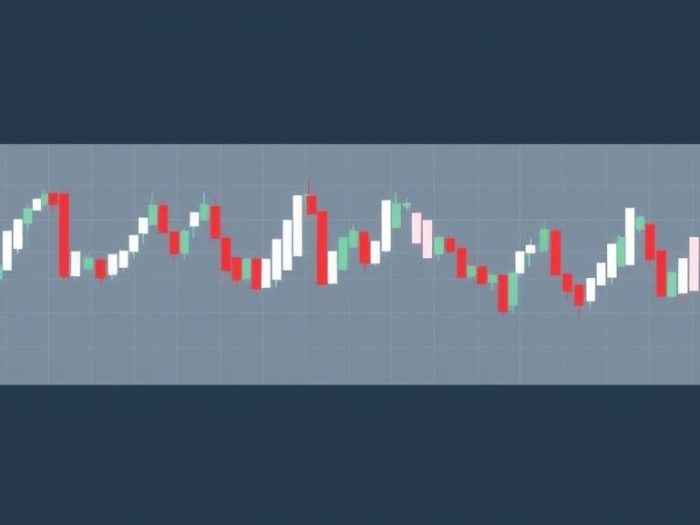The MACD (Moving Average Convergence Divergence) is a powerful indicator because it blends two critical aspects of trading — trend direction and momentum. It’s a favorite among traders for spotting potential entries, exits, and momentum shifts.
In this guide, you’ll learn how to read and apply MACD like a pro — avoiding confusion and using it to stay on the right side of the market.
What is MACD?
MACD is a trend-following momentum indicator that shows the relationship between two Exponential Moving Averages (EMAs).
The MACD Components:
- MACD Line: The difference between the 12 EMA and 26 EMA
- Signal Line: 9-period EMA of the MACD Line
- Histogram: Visual representation of the distance between the MACD Line and Signal Line
How to Use MACD
1. MACD Line Crosses Signal Line
- Bullish Signal: MACD Line crosses above Signal Line ➞ Potential buy opportunity
- Bearish Signal: MACD Line crosses below Signal Line ➞ Potential sell opportunity
2. Zero Line Cross
When the MACD Line crosses above or below the zero line, it signals a shift in trend direction.
3. MACD Divergence
If price makes higher highs but MACD makes lower highs, it indicates weakening momentum — a potential reversal signal.
Best Practices for MACD
- Use MACD on higher timeframes (1H, 4H, Daily) for more reliable signals.
- Combine MACD signals with Support & Resistance and Volume for confirmation.
- Be cautious of whipsaws in sideways markets — MACD works best in trending conditions.
Example: MACD Trade Setup
In this example, a bullish crossover occurred near a support zone, confirmed by a volume spike — leading to a strong upward move.
Common MACD Settings
The standard MACD settings are:
- 12, 26, 9 (fast EMA, slow EMA, signal line)
These work well for most markets, but for faster signals, you can adjust to settings like 8, 21, 5 — especially in crypto or intraday trading.
How LogicINV AI Optimizes MACD Signals
LogicINV AI enhances MACD by:
- Filtering out weak crossovers in low-momentum environments
- Detecting divergence automatically
- Combining MACD insights with volume, trend strength, and sentiment for smarter alerts
Summary
- MACD helps identify trend direction and momentum shifts.
- Watch for line crossovers, zero-line shifts, and divergence.
- Always confirm MACD signals with market context and additional indicators.
➡️ Next Up: The Top MACD Traps to Avoid (Module 2.4E)
Make MACD smarter. Use LogicINV AI to get clean, reliable momentum signals without the noise. Start your free trial today!



